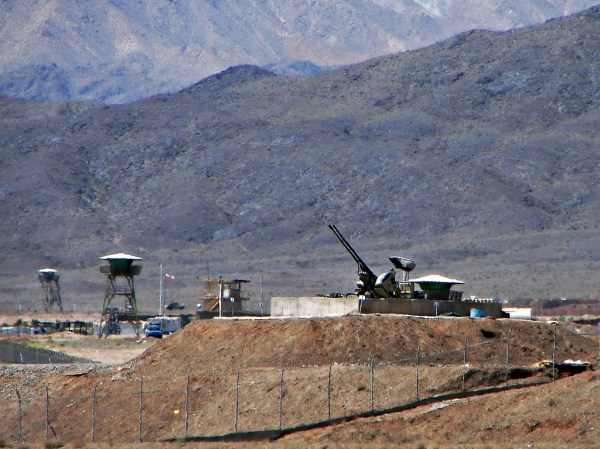In 2012, a handful of nuclear scientists in Iran were (probably) surprised to find their computers had been taken over by a virus, a virus that caused their computers to turn on full volume — blasting songs by AC/DC.

Al-Arabiya’s English language site reported a letter from Iran’s atomic scientists was sent to Finnish Internet security site F-Secure Security Labs begging for help.
“I am writing you to inform you that our nuclear program has once again been compromised and attacked by a new worm with exploits which have shut down our automation network at Natanz and another facility Fordo near Qom. There was also some music playing randomly on several of the workstations during the middle of the night with the volume maxed out. I believe it was playing ‘Thunderstruck’ by AC/DC.”
This isn’t the first time Iranian nuclear sites were hit with computer viruses in an effort to disrupt the nation’s nuclear programs. In 2010, a U.S.-Israeli virus called Stuxnet devastated Iran’s uranium enrichment centers and computer software infrastructure.
Playing “Thunderstruck” at full volume in the middle of the night, while annoying, certainly isn’t as destructive as the Stuxnet virus. That such malicious logic (as it’s known to military IT professionals) could penetrate Iran’s nuclear program so soon after the Stuxnet debacle just goes to show how vulnerable the program was.

It’s probably for the best that Iran ended up making a deal.










